I am going to be using a processor that has a few SGMII interfaces. From what I understand, these interfaces have LVDS logic levels. I am not use to seeing the termination scheme as recommended below.
- I thought the 100 ohm resistor should be near the output and not near the input
- Not sure what the 50 ohms to GND does after the ac coupling caps.
Any ideas?
Thanks!
